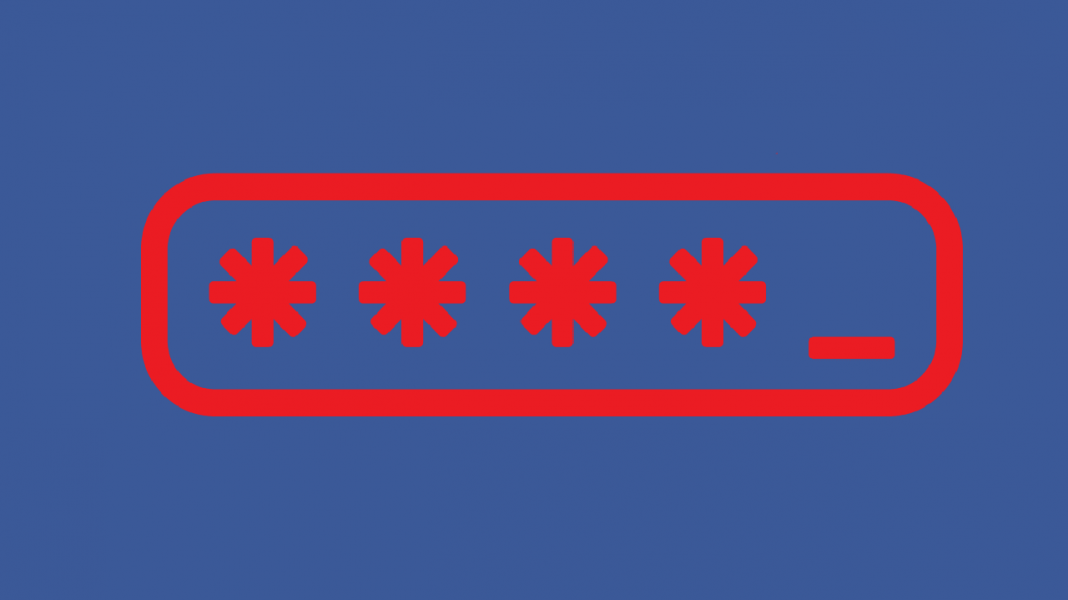
Facebook has asked forgiveness for its privacy issues, misuse of users private data and security mishaps so many times, we’ve lost count. Now, shortly after Mark Zuckerberg announced major changes to the social media giant’s privacy plan, yet another screw up comes along.
Most companies of this size will scramble user passwords with a cryptographic process known as hashing before saving them to their servers. This makes it so that even if someone hacks into the passwords, they won’t be able to read them. Plus, no matter how sophisticated a computer they had, it wouldn’t be able to unscramble them.
Facebook knows that this would be a hackers dream come true, but they chose not to go the smart safe route. They might have a server farm worth a fortune, but it’s not worth a dime when they leave an open door like this for hackers.
Yup, Facebook Did It Again To Users
Facebook left hundreds of millions of user passwords readable by its employees for years, the company acknowledged Thursday after a security researcher exposed the lapse.
By storing passwords in readable plain text, Facebook violated fundamental computer-security practices. Those call for organizations and websites to save passwords in a scrambled form that makes it almost impossible to recover the original text.
“There is no valid reason why anyone in an organization, especially the size of Facebook, needs to have access to users’ passwords in plain text,” said cybersecurity expert Andrei Barysevich of Recorded Future.
Facebook said there is no evidence its employees abused access to this data. But thousands of employees could have searched them. The company said the passwords were stored on internal company servers, where no outsiders could access them. Even so, some privacy experts suggested that users change their Facebook passwords.
One More Oversight At Facebook
The incident reveals yet another huge and basic oversight at a company that insists it is a responsible guardian for the personal data of its 2.3 billion users worldwide.
The security blog KrebsOnSecurity said Facebook may have left the passwords of some 600 million Facebook users vulnerable. In a blog post, Facebook said it will likely notify “hundreds of millions” of Facebook Lite users, millions of Facebook users and tens of thousands of Instagram users that their passwords were stored in plain text.
Facebook Lite is a version designed for people with older phones or low-speed internet connections. It is used primarily in developing countries.
Last week, Facebook CEO Mark Zuckerberg touted a new ”privacy-focused vision” for the social network that would emphasize private communication over public sharing. The company wants to encourage small groups of people to carry on encrypted conversations that neither Facebook nor any other outsider can read.
Encryption Is King
The fact that the company couldn’t manage to do something as simple as encrypting passwords, however, raises questions about its ability to manage more complex encryption issues — such in messaging — flawlessly.
Facebook said it discovered the problem in January. But security researcher Brian Krebs wrote that in some cases the passwords had been stored in plain text since 2012. Facebook Lite launched in 2015 and Facebook bought Instagram in 2012.
The problem, according to Facebook, wasn’t due to a single bug. During a routine review in January, it say, it found that the plain text passwords were unintentionally captured and stored in its internal storage systems. This happened in a variety of circumstances — for example, when an app crashed and the resulting crash log included a captured password.
Sloppy Security
But Alex Holden, the founder of Hold Security, said Facebook’s explanation is not an excuse for sloppy security practices that allowed so many passwords to be exposed internally.
Recorded Future’s Barysevich said he could not recall any major company caught leaving so many passwords exposed. He said he’s seen a number of instances where much smaller organizations made such information readily available — not just to programmers but also to customer support teams.
Security analyst Troy Hunt, who runs the “haveibeenpwned.com” data breach website, said the situation may be embarrassing for Facebook but not dangerous unless an adversary gained access to the passwords. Facebook has had major breaches, most recently in September when attackers accessed some 29 million accounts.
More Common Than Admitted
Jake Williams, president of Rendition Infosec, said storing passwords in plain text is “unfortunately more common than most of the industry talks about” and tends to happen when developers are trying to rid a system of bugs.
He said the Facebook blog post suggests storing passwords in plain text may have been “a sanctioned practice,” although he said it’s also possible a “rogue development team” was to blame.
Hunt and Krebs both likened Facebook’s failure to similar stumbles last year on a far smaller scale at Twitter and GitHub; the latter is a site where developers store code and track projects. In those cases, software bugs were blamed for accidentally storing plaintext passwords in internal logs.
Facebook’s normal procedure for passwords is to store them encoded, the company noted Thursday in its blog post.
That’s good to know, although Facebook engineers apparently added code that defeated the safeguard, said security researcher Rob Graham. “They have all the proper locks on the doors, but somebody left the window open,” he said.
Twitter dealt with a very similar plaintext password-logging bug last May; it too didn’t require users to reset their passwords, saying it had no reason to believe that the passwords were actually breached. Similarly, Facebook says its investigation hasn’t revealed any signs that anyone intentionally accessed its hundreds of millions of errant passwords to steal them. But whether you get a password notification from Facebook or not, you might as well go ahead and change it as a precaution.
Changing Your Facebook Password
To do so on Facebook desktop, go to Settings → Security and Login → Change Password. On Facebook for iOS and Android, go to Settings & Privacy → Settings → Security and Login → Change Password. On Facebook Lite for Android, go to Settings → Security and Login → Change Password. Changing your account password on either main Facebook or Facebook Lite changes it for both.
On Instagram, go to Settings → Privacy and Security → Password to change your password. Instagram and Facebook do not use the same password, but can be linked to log into one with the other.
While you’re at it, the easiest way to keep track of and manage your passwords so you can easily change them after incidents like this is to set up a password manager.
Facebook says that the plaintext password issue is now fixed, and that it doesn’t think there will be long-term impacts from the incident, because the passwords were never actually stolen. But given the company’s apparently endless stream of gaffes, it’s difficult to know what will come next.

Comcast is launching an aggregated bundle of existing streaming-TV apps for $5 a month to appeal to cord-cutters.
The new service, “Flex,” available March 26, brings together apps that customers already pay for, like Netflix, Amazon’s video or HBO, and free services like YouTube, Pluto,
An Offer To Easily Refuse
Something that might make Comcast’s offer a hard sell? All these apps are already available on a TV through a Roku, which costs $30, and several other gadgets and platforms. Comcast hopes customers will pay for its version, which comes with a 4K HDR box and a voice remote, and will become tailored to users’ preferences like Netflix is. It’s trying to make it easier for users to find TV and movies they want to watch as the number of video app subscriptions and free services grows. Flex is only available for Comcast internet users.
The cable giant has been trying to reposition itself as a “connectivity” provider of broadband as more people dump traditional $100 cable bundles.
Some video services that compete with Comcast won’t be available on Flex, like the internet versions of cable, such as YouTube TV or DirecTV Now. Comcast doesn’t offer those with Flex because it hopes that users interested in live TV will upgrade to a Comcast bundle instead. That function isn’t available yet at Flex’s launch.

